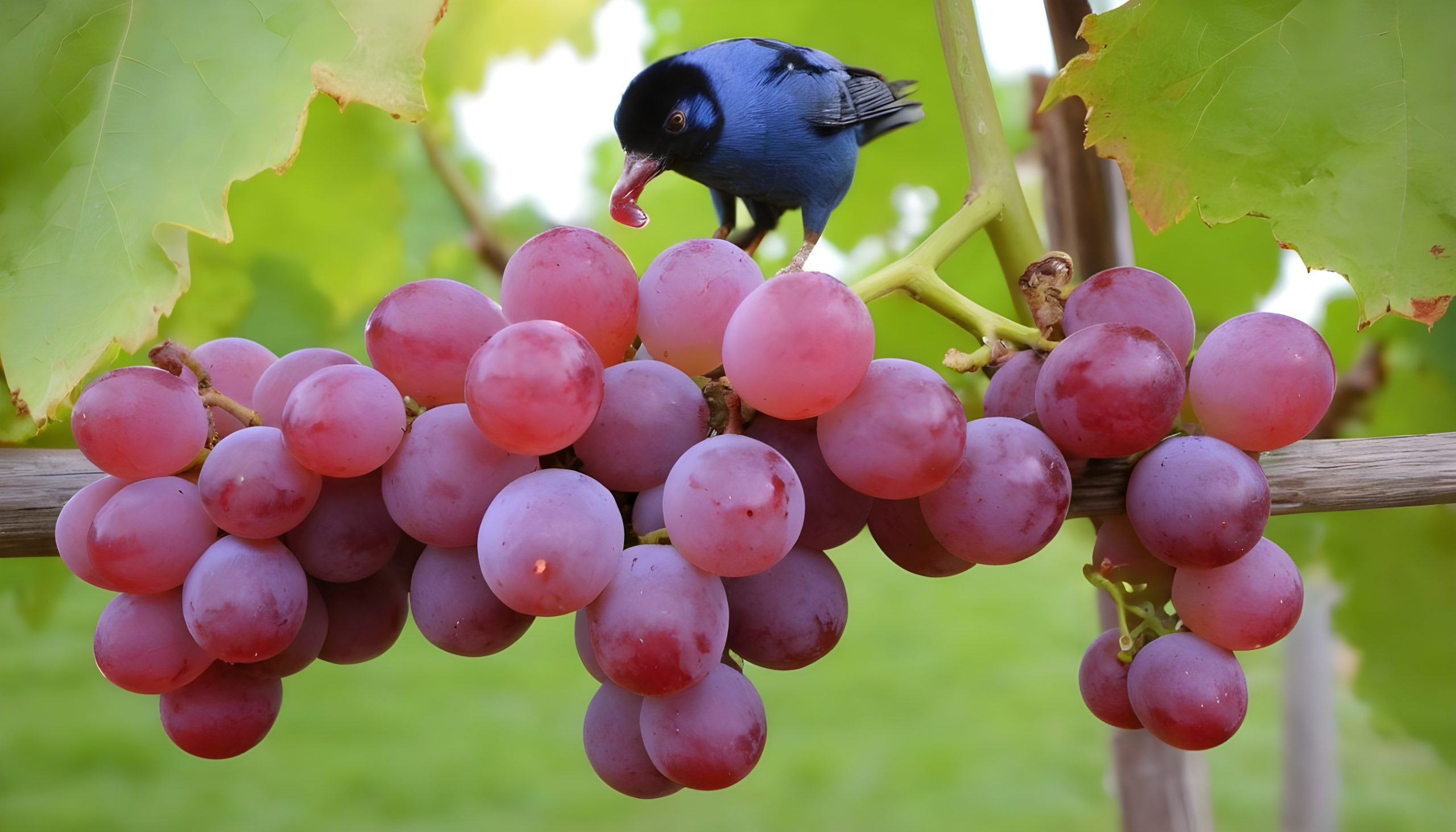You glance up and suddenly notice sizeable gangs of cawing crows amassing in unusual numbers atop fences or lined along power lines. This conspicuous congregation likely signals important communal crow behaviors in progress. Decoding reasons behind mass gatherings grants insights into crow survival strategies plus reveals ways to peacefully coexist together.
Common Crow Gathering Motivations
Crows congregate for a variety of reasons crucial for their collective wellbeing:
Warmth & Protection
Colder temperatures trigger communal crow roosting overnight to share body heat safely through brutal cold spells. Huddling together also deters predators.
Exchanging Information
Crows network regional alerts about threats, food bonanzas and priorities through gatherings, allowing knowledge diffusion improving adaptation.
Strength in Numbers
Mobbing predators en masse or defending food resources grows more effective with coordinated numbers compared to individual efforts thanks to distraction techniques and boldness bushes.
Social Hierarchy Resolution
Younger juvenile crows congregate near adult territories interacting and evaluating social connections that determine future status as they mature within the intricate collective.
Paying attention to times, locations and communicative patterns of crow crowds informs us towards mutual understanding.
Key Differences Between Roosting, Feeding, & Mobbing Crow Clusters
Roosting Crow Congregations
- Purpose: Nighttime communal temperature regulation and protection
- Locations: Dense trees, warehouses, shopping centers with sheltered roof eaves or signs
- Size: Spans hundreds to thousands crows as available sites permit
- Sounds: Constant background cacophony of caws settling then occasional predator mobbing if threats detected
Feeding Crow Congregations
- Purpose: Information exchange about regional food bonanzas
- Locations: Open fields, lawns, parking lots offering wide visibility while eating
- Size: Shifts dynamically from a dozen to 100+ opportunistically attracted
- Sounds: Constant loud chatter mixed with squabbling over prime morsels
Mobbing Crow Congregations
- Purpose: Chase threats from community territory
- Locations: Trees, fences, road signs neAr target to annoy through divebombing
- Size: Minimum dozen needed but draws crowds up to 60+ hecklers
- Sounds: Frenzied explosive squawking, yelling and aggressive scolding is nonstop
What Does It Mean When…
Crows gather in your yard?
Possible food discovered attracting opportunists. Monitor feeders ensuring proper storage at night to avoid overcrowding nuisances.
Crows swarm specific trees?
Often indicates traditional nesting or night roosting spot. Crows exhibit excellent site fidelity across generations. Expect seasonal patterns.
Crows mob no apparent target?
Closely inspect for covert owls or hidden predators. Crows signal dangers to educate nearby flockmates. Heed warnings by securing pets indoors just in case.
How to Safely Disperse Troublesome Crow Congregations
While important for corvid thriving, crowded masses cause problems for people. Know rules before attempting to scatter invasive flocks:
Ensure No Underlying Attractants
Eliminate exposed food waste first. Harassing birds struggling from severe weather or starvation causes needless suffering.
Use Only Legal Deterrents
No poisons, lethal weapons, or banned acoustic repellants. Stick with safe frightening stimuli tolerable short term.
Persistence Pays Off
Keep varying techniques on irregular schedules to avoid habituation allowing them to ignore repeat efforts.
| Method | Instructions |
|---|---|
| Distress Calls | Broadcast recordings of crows in peril to unsettle lingering groups |
| Hazing | Throw tennis balls near branches where they perch to gradually push them to depart |
| Wind Spinners | Shiny metallic streamers or wind socks flailing erratically disturb attempted landings |
| Noisemakers | Mix up whistle sounds, clappers, sirens over time for effectiveness |
With thoughtful understanding combined implementing selective gentle encouragement, situations balance through mutual communication benefiting all parties.
Frequently Asked Questions About Crow Gatherings
Further common queries on crowded corvid behaviors:
Why do crows harassbirds of preygrouping together?
Mob patrols teach regional juveniles to recognize dangerous raptor threats on sight for future safety. Divebombing also stresses predators reducing ongoing predatory pressures near vulnerable nests.
How close do crows physically roost together overnight?
Snugly! Cavity and thermal regulation drives tight formations with bodies subtly pressed together across wide platforms like interconnected black blankets woven through branches.
Do crows congregate in winter only or also summer?
Crows schedule seasonal congregation patterns year round driven by resource availability signaling feeding opportunities worth sharing and of course traditional winter roosts offering crucial warmth during frigid temperatures for smaller subgroups by size shelter limits.
Can congregation noises indicate anything unique happening?
Interesting idea! More observational data needed but researchers suspect subtle language differentiation between basic caws when conveying specific gathering purposes. Distinguishing “mobbing calls” from “feeding yells” supports the theory – more study ahead!
Bottom line, whenever sizable corvid cliques commence courting your backyard spaces, stay calmly observant rather than reactionary. Their appearance gifts a perfect chance glimpsing community dynamics ourselves while better appreciating the intelligence flourishing among frequently underrated avian neighbors deserving compassion.
Conclusion
Crows clustering together signifies deeper communal activities crucial for long term thriving more than mere random nuisance gatherings initially assumed. Whether warming huddled masses enduring winter or competitive feasters spreading food alerts, these social engagements optimize regional success. Next time crowds descend cachophonously, take closer look before defining behavior disturbances too hastily. Perhaps create welcoming havens offering reliable nourishment and roosts through winter signaling goodwill unity supporting balance between beloved neighborhoods and wild ones for all.



